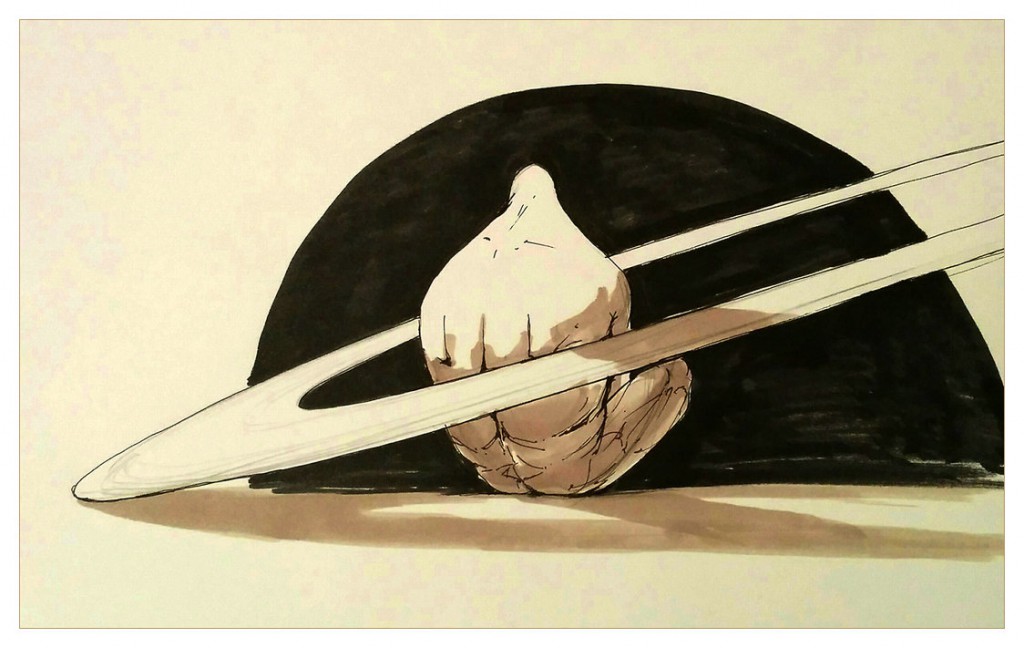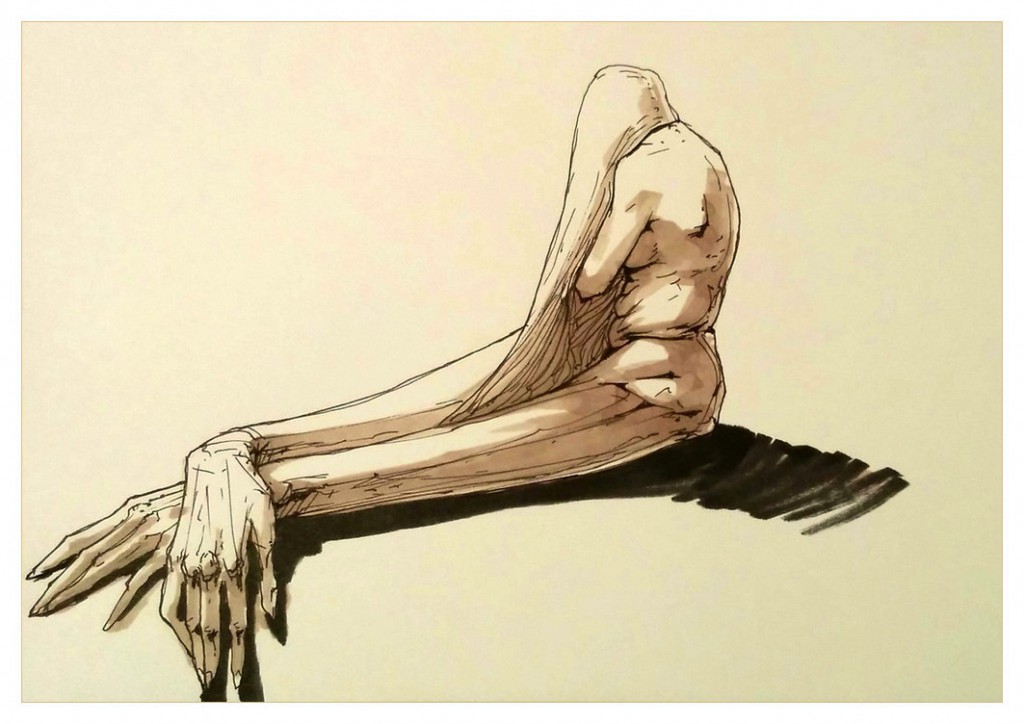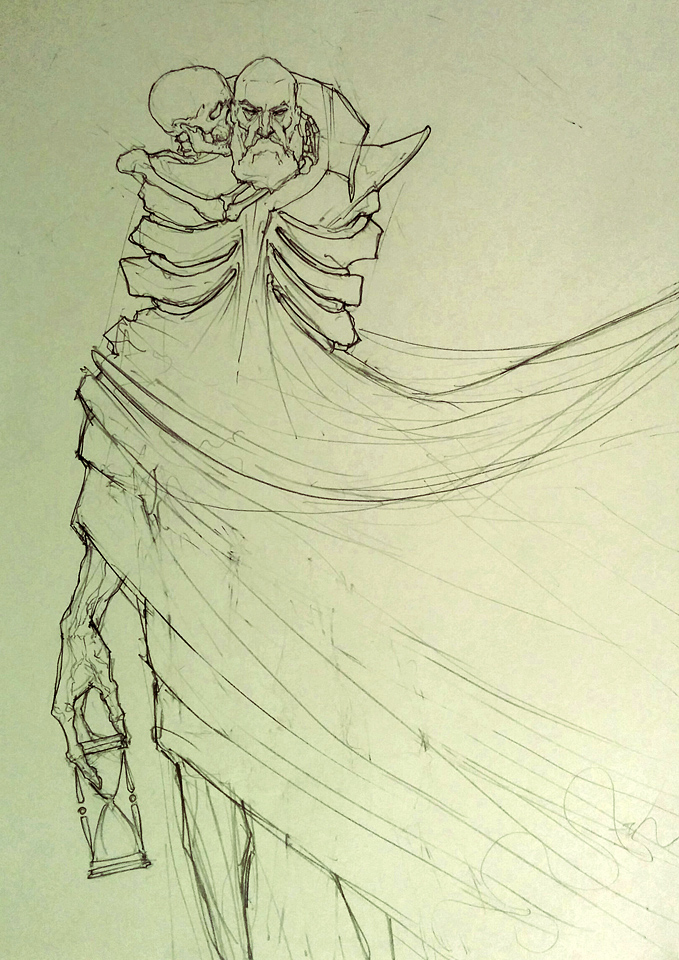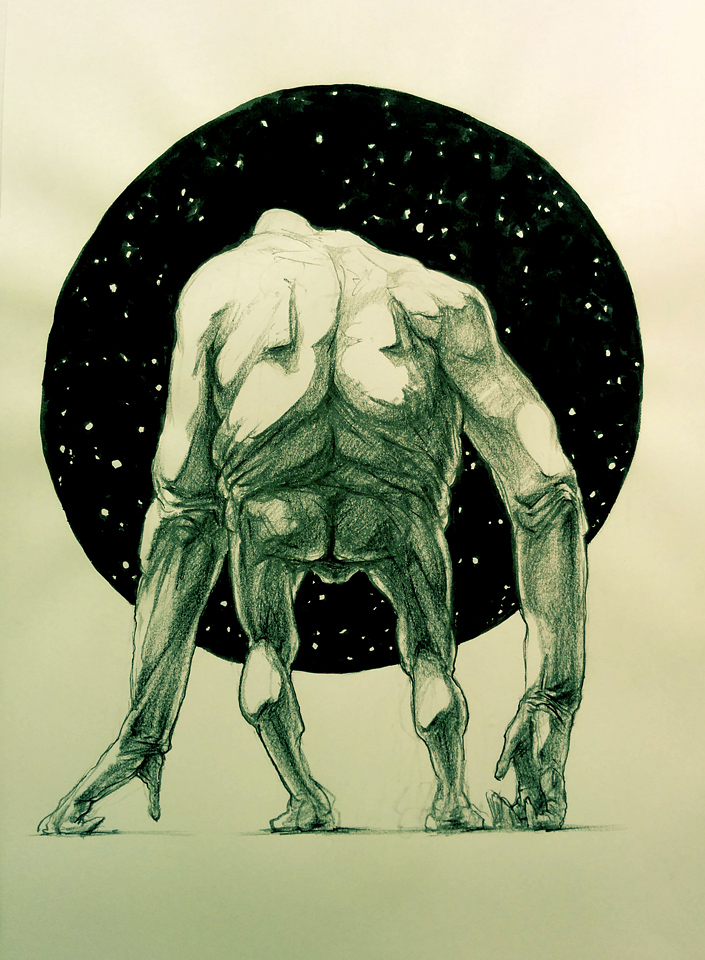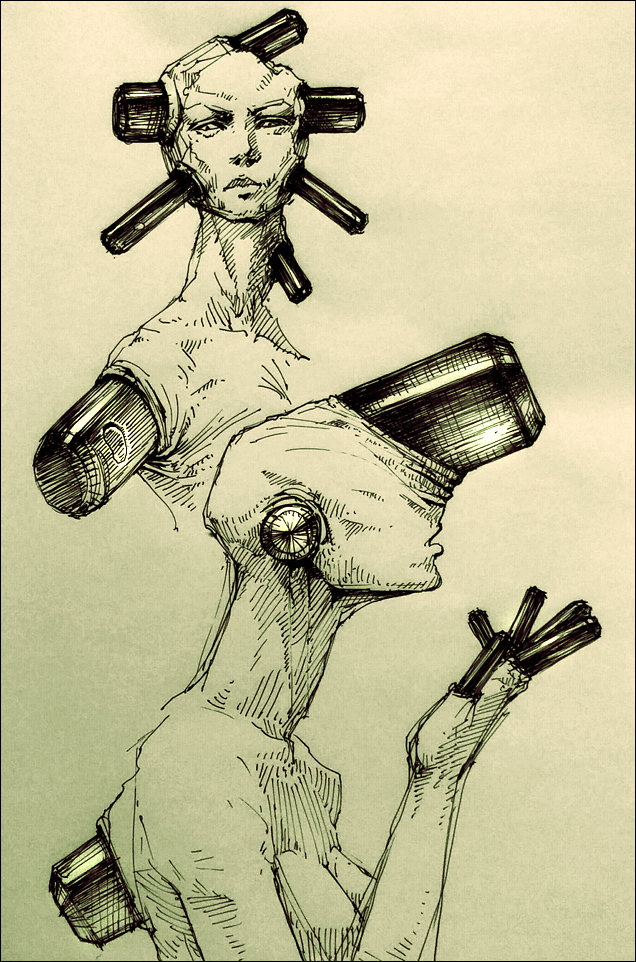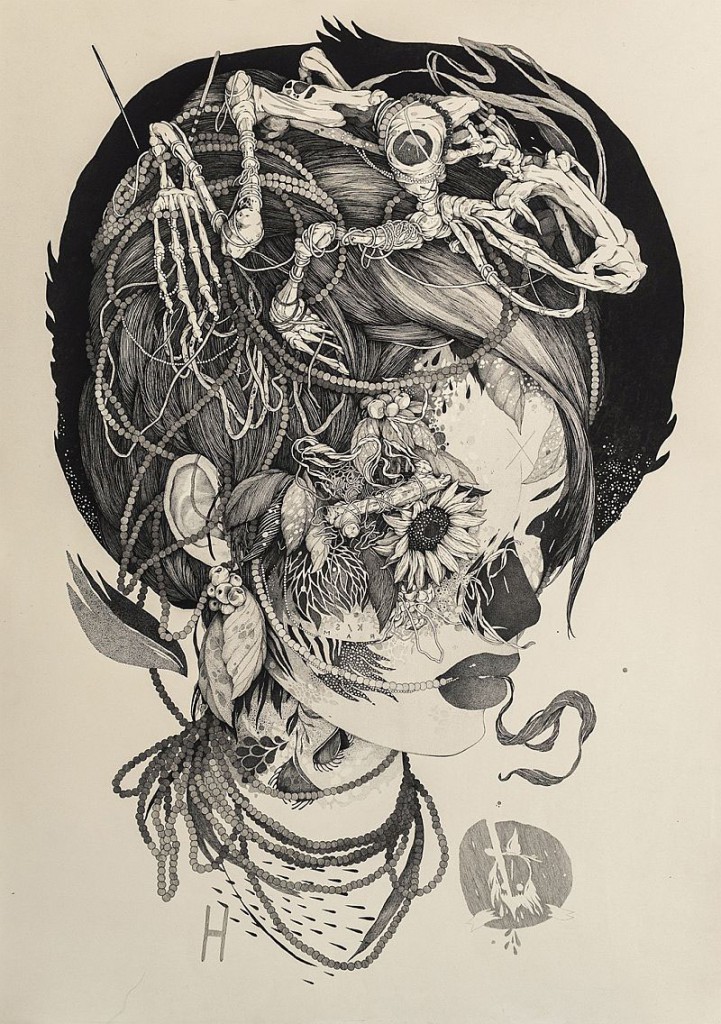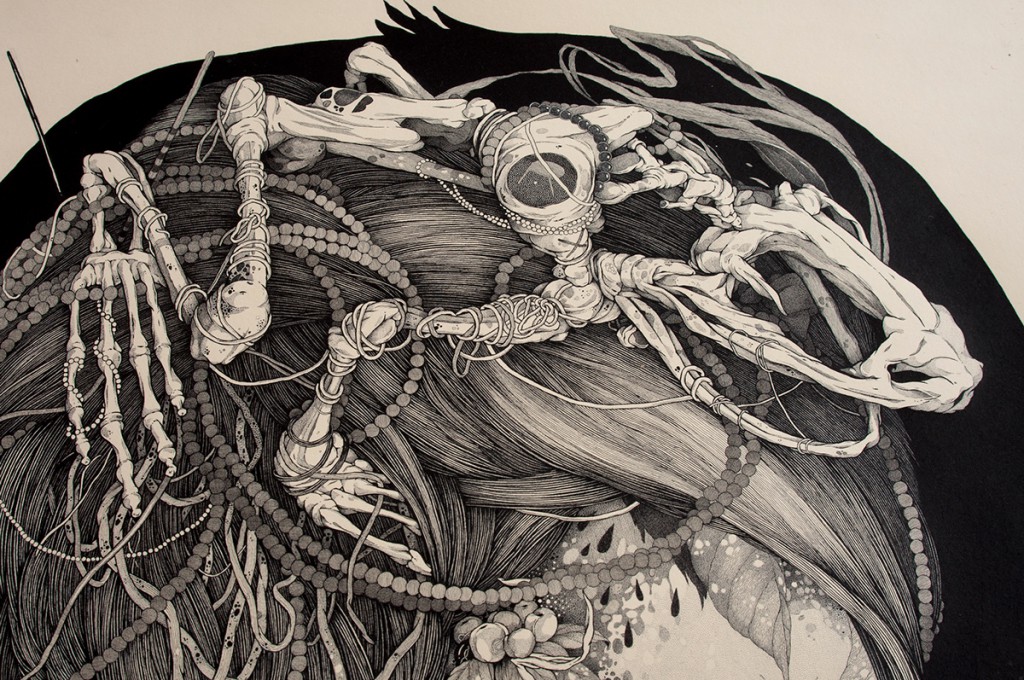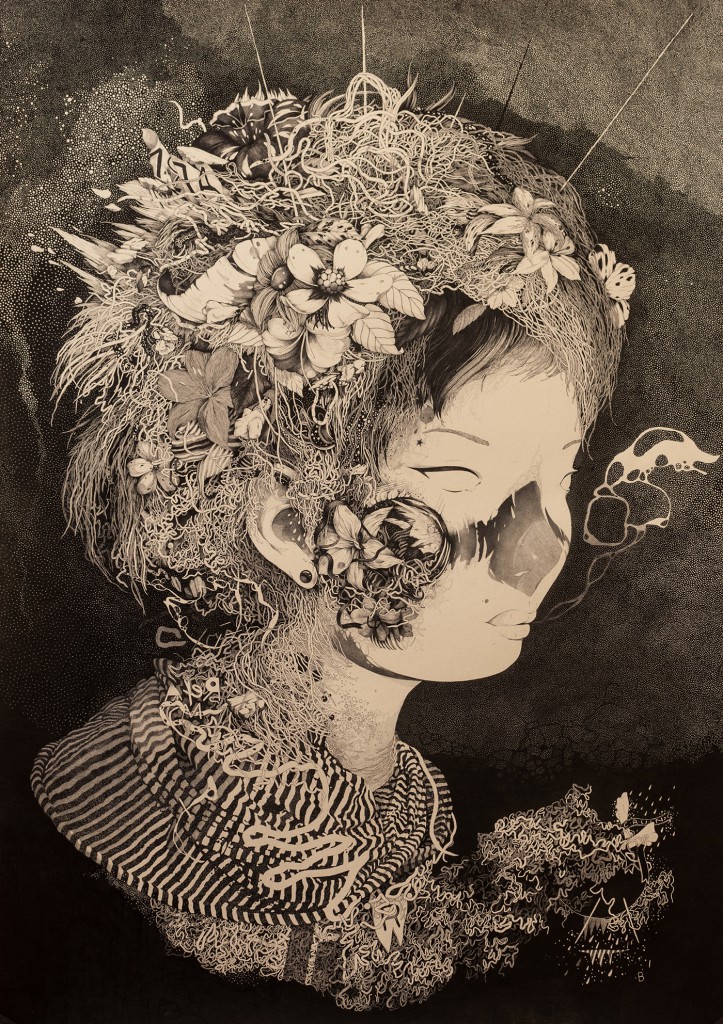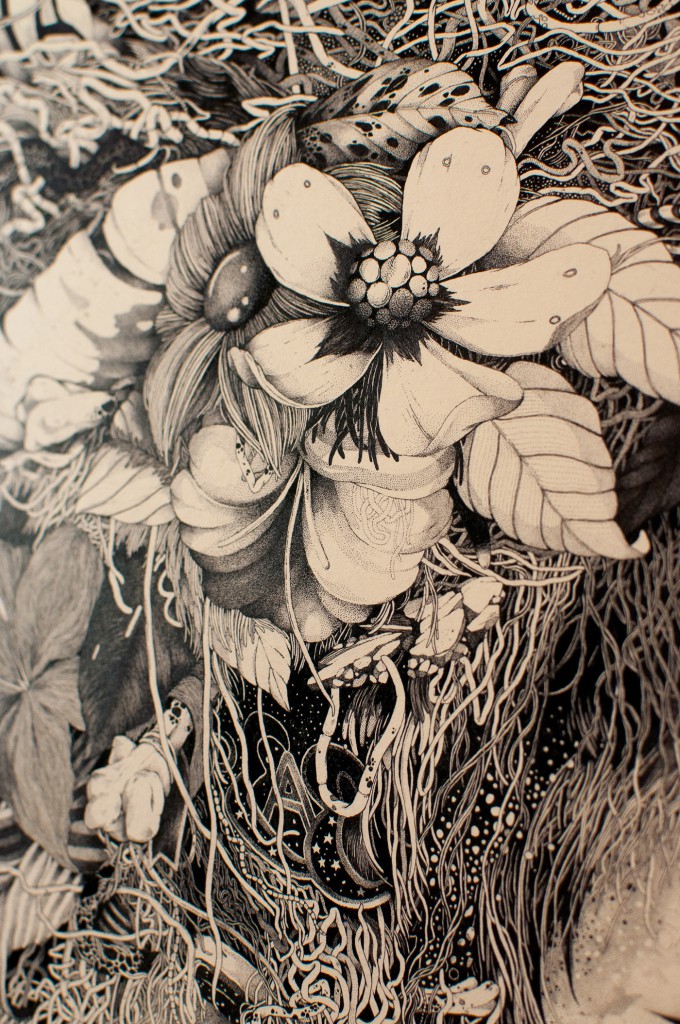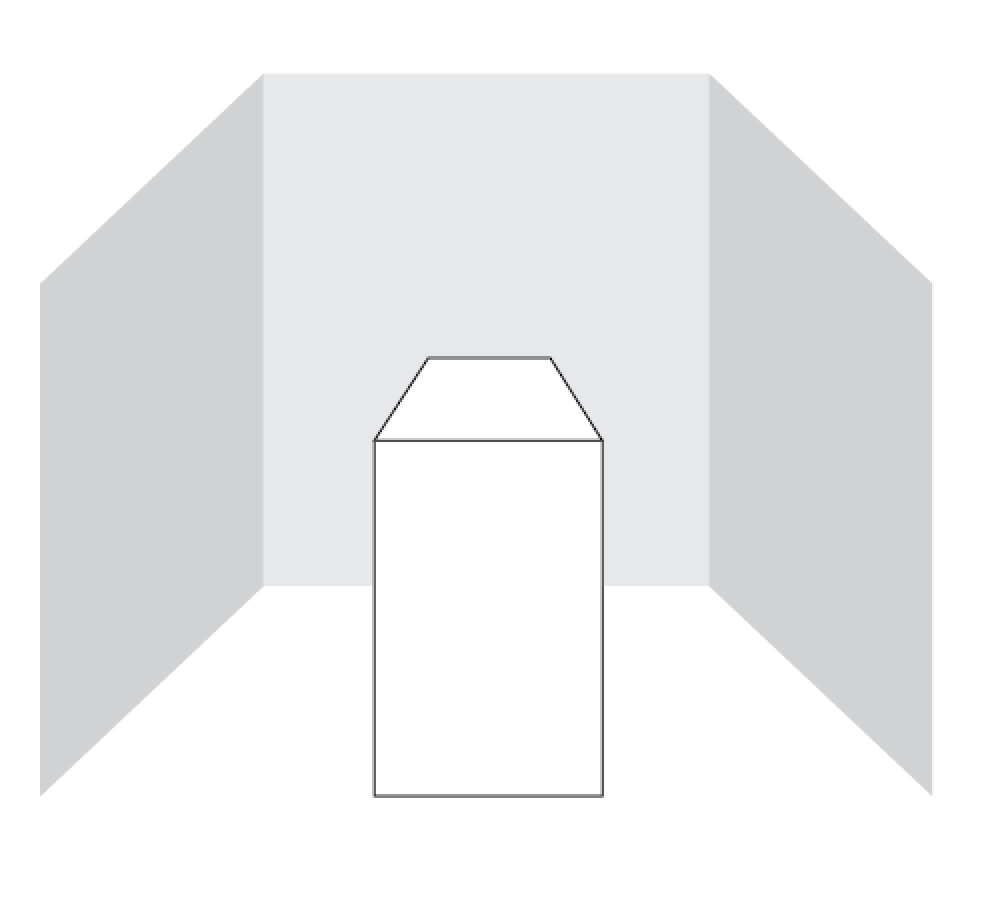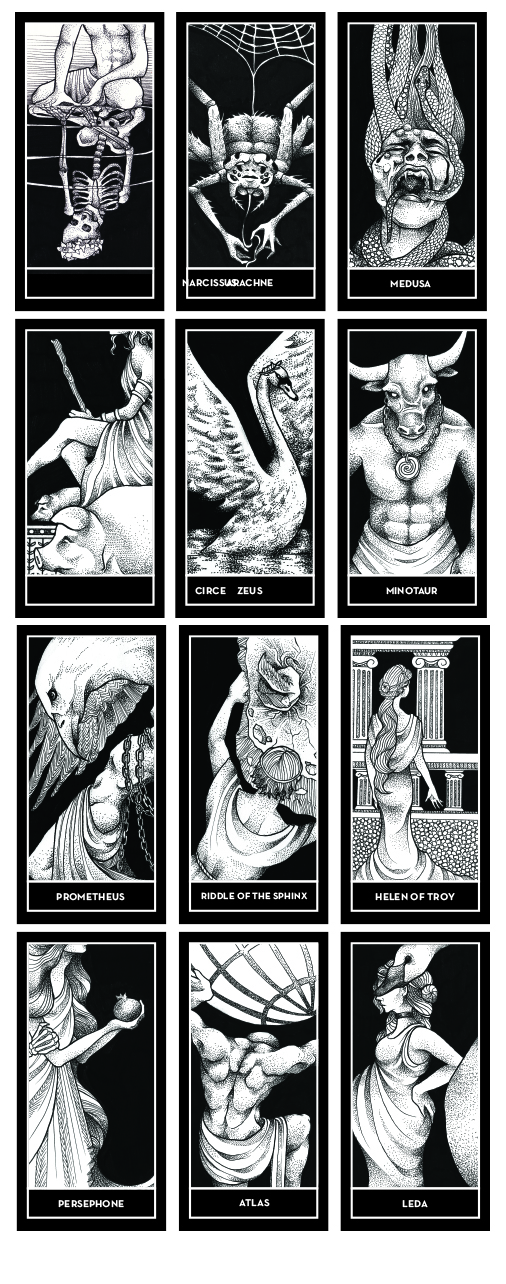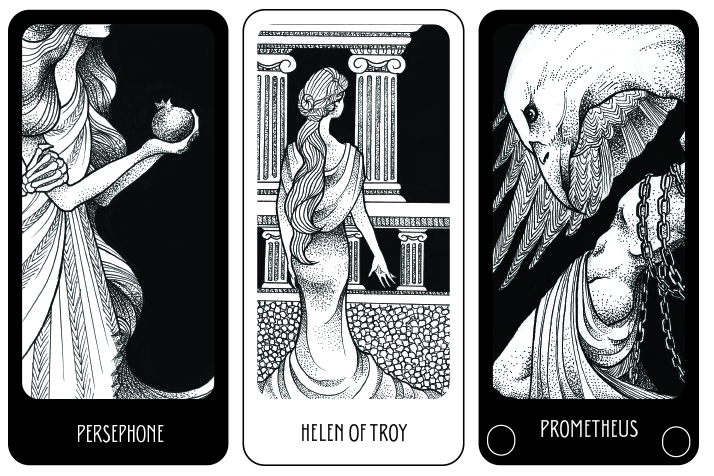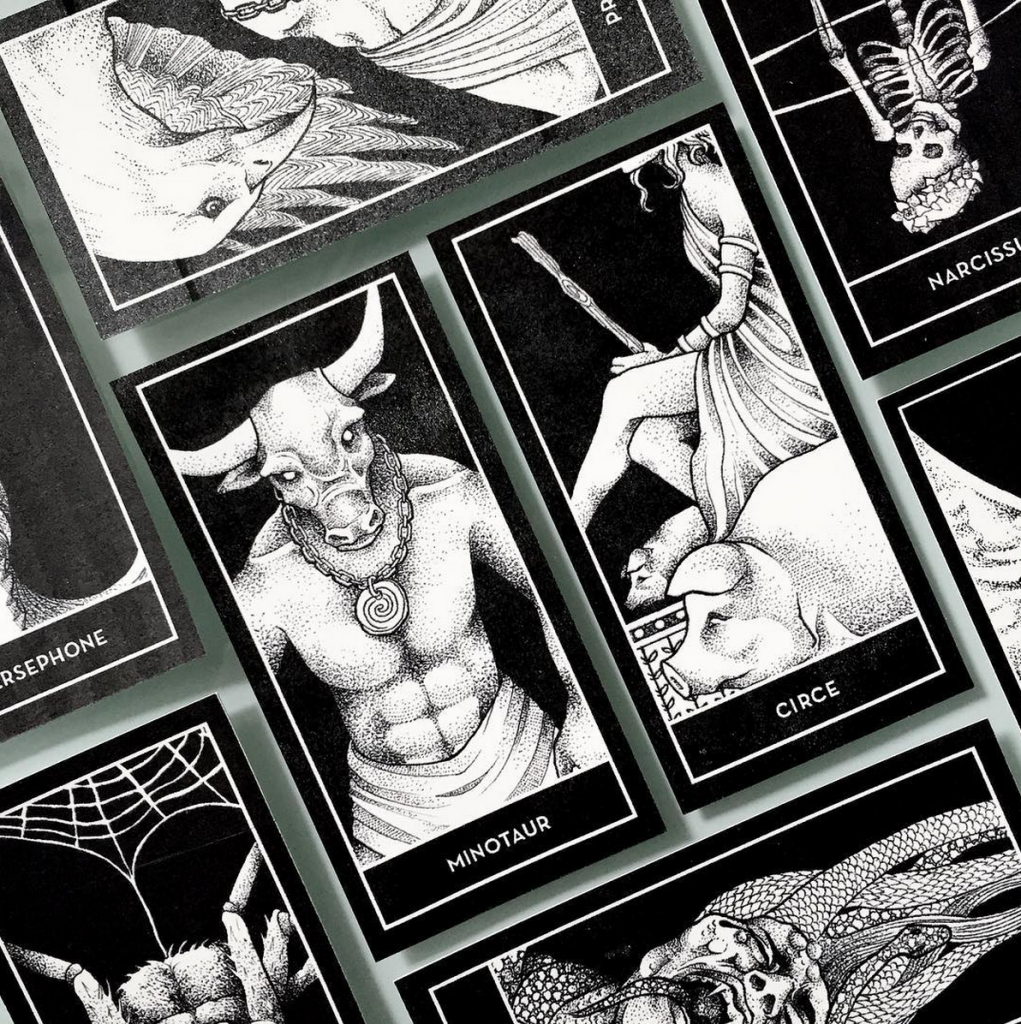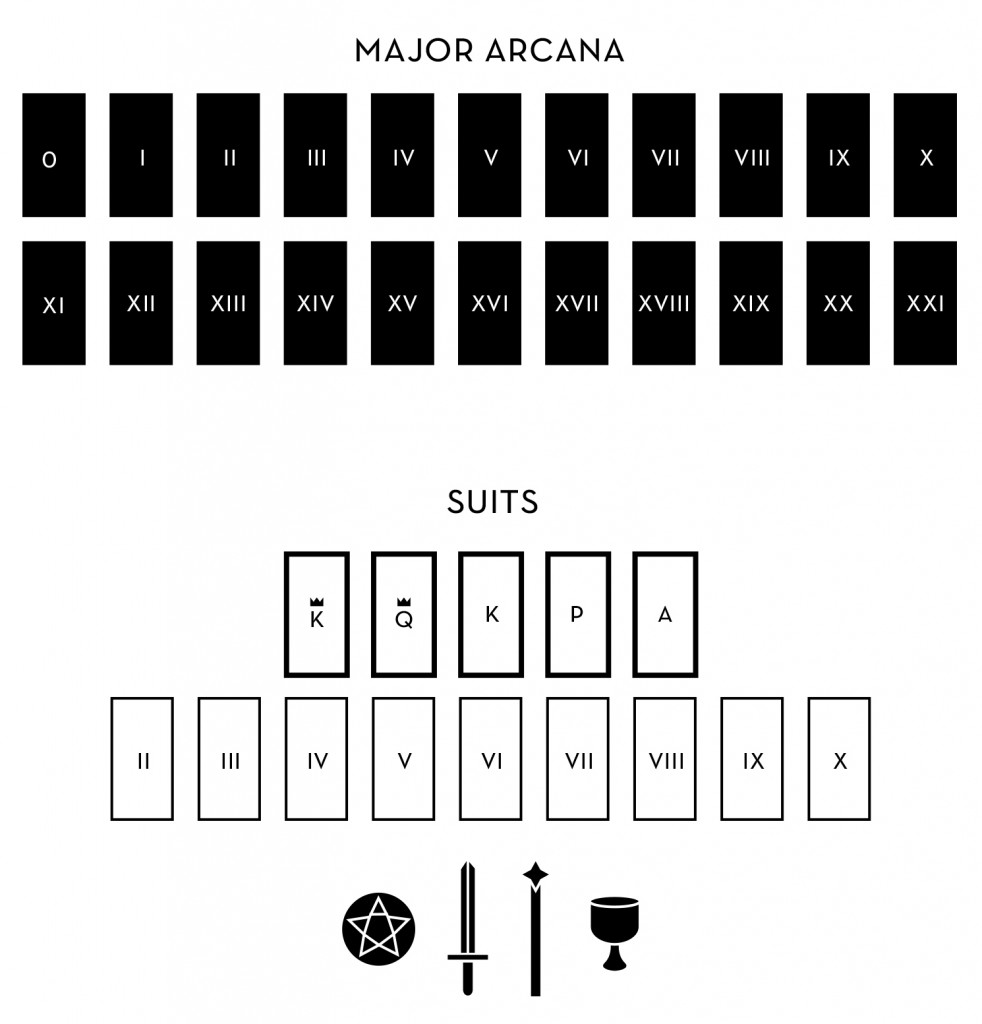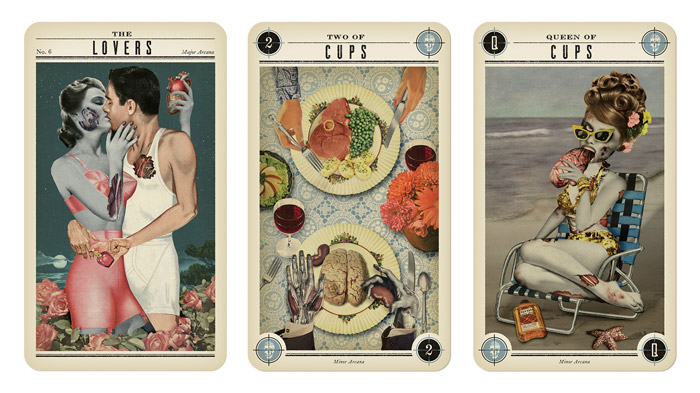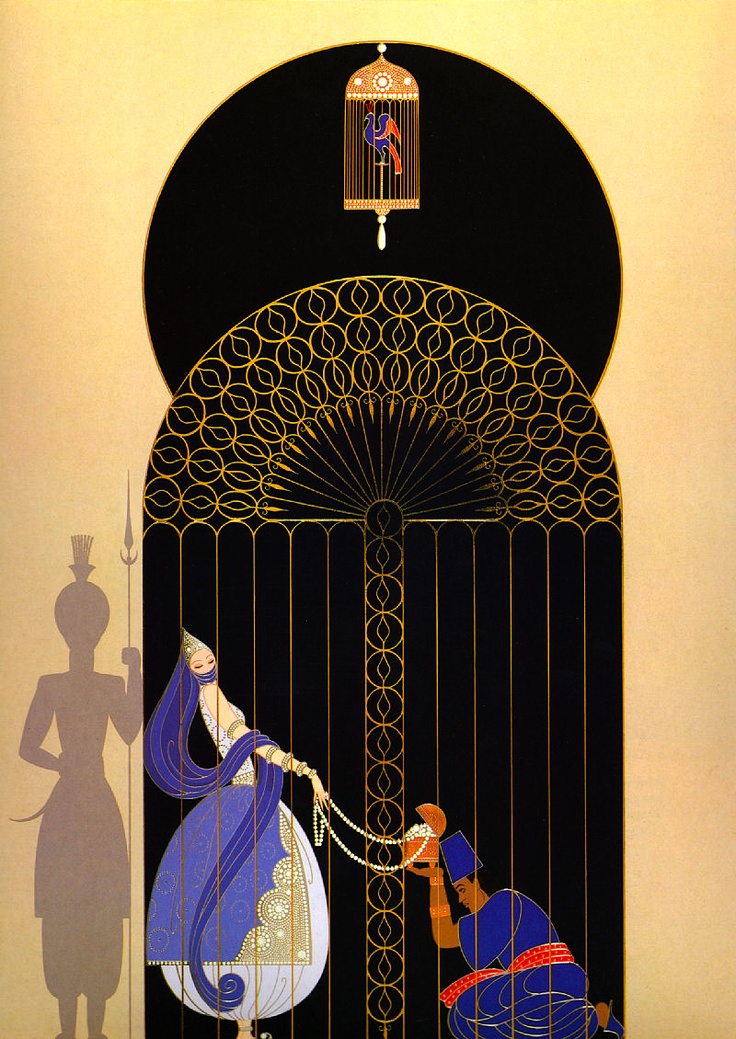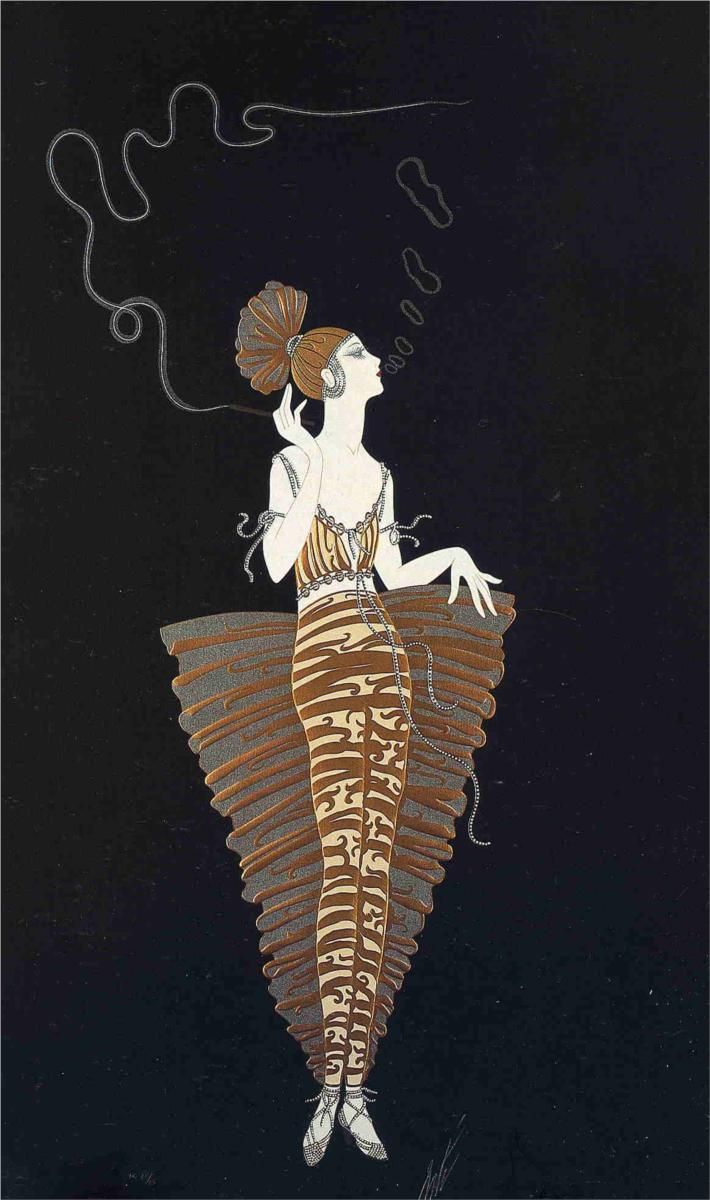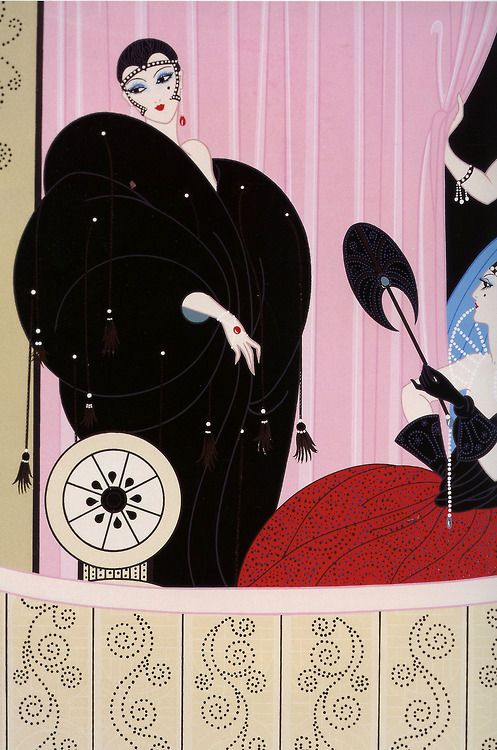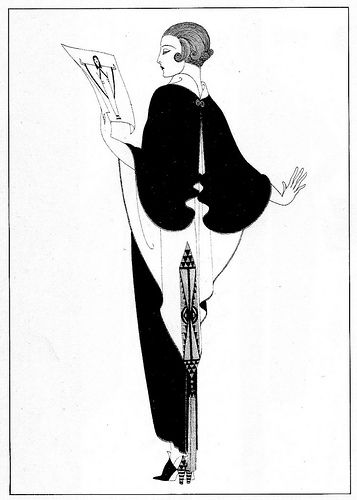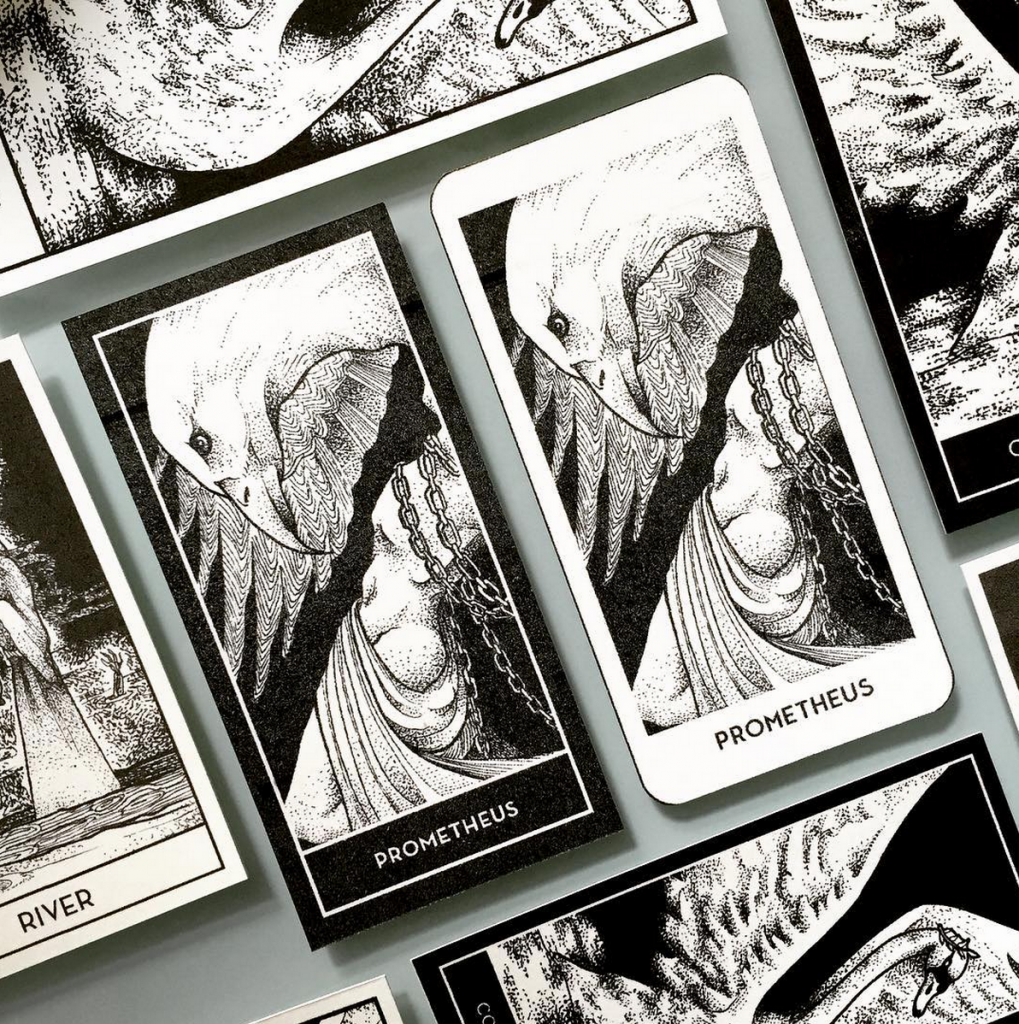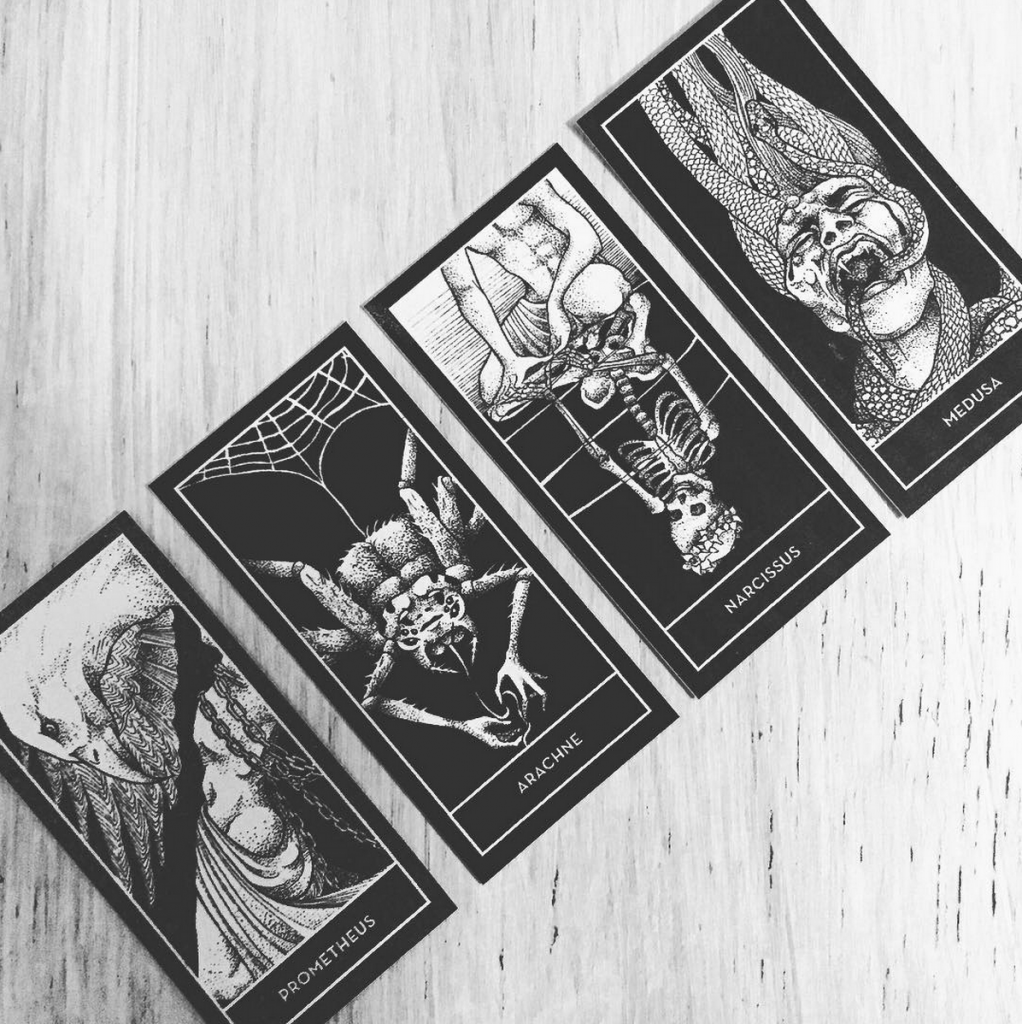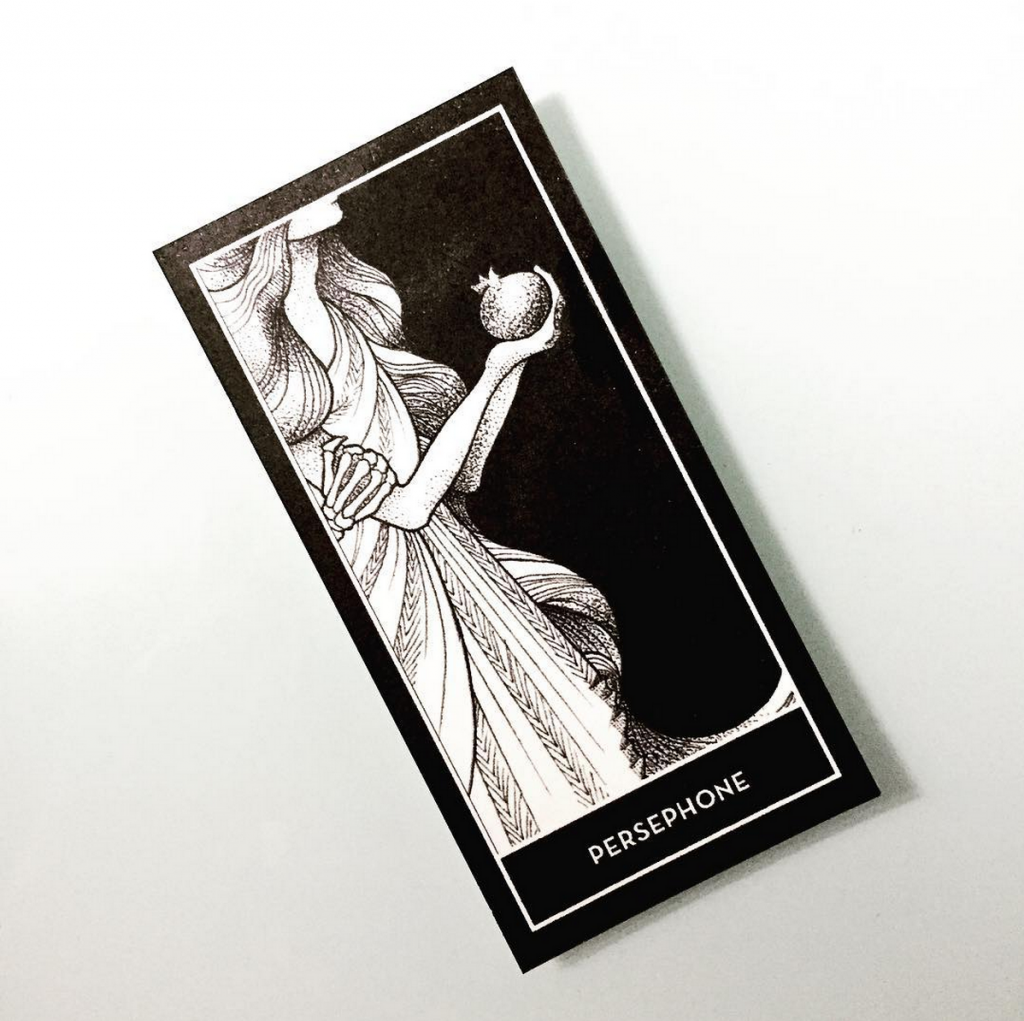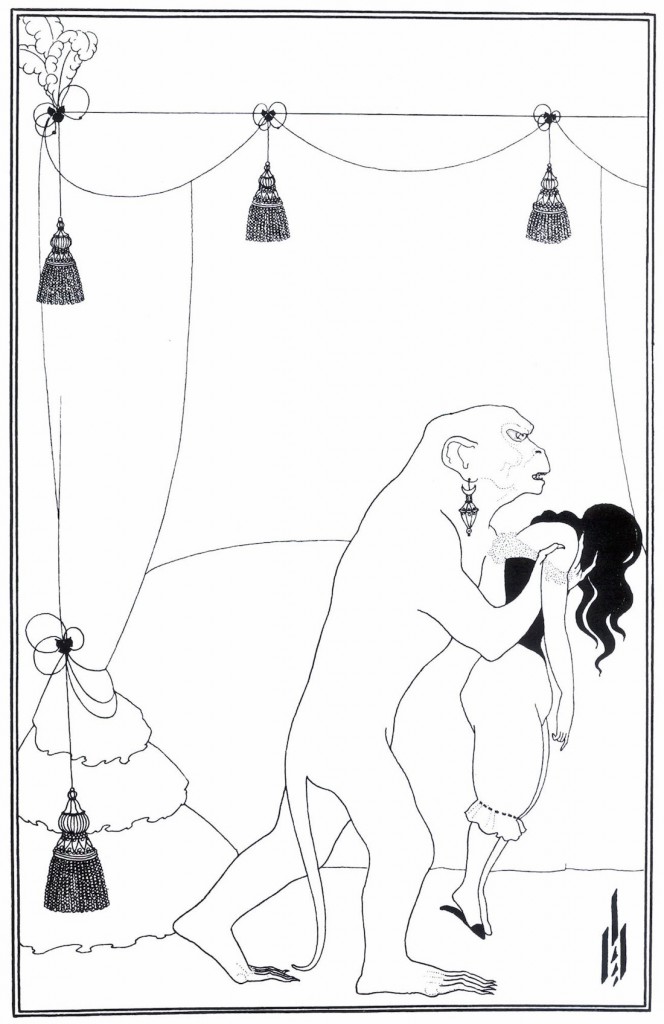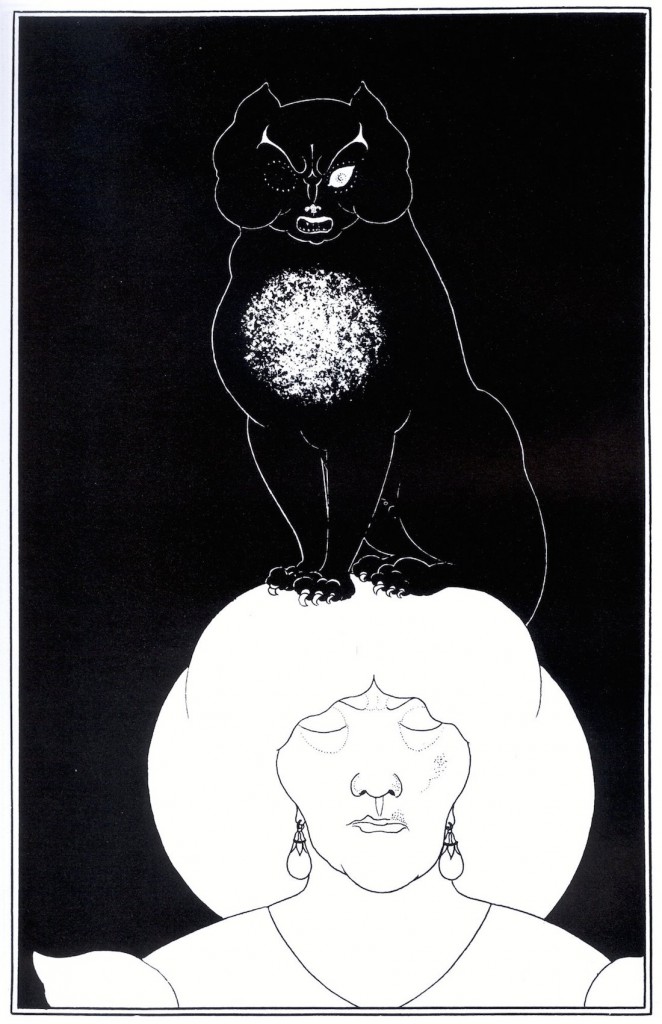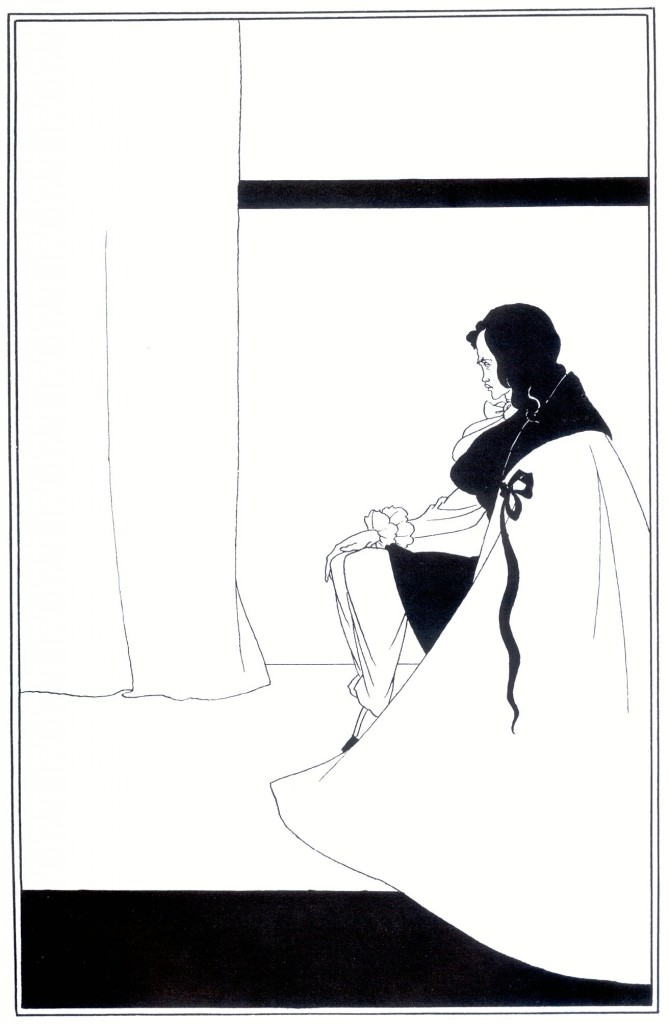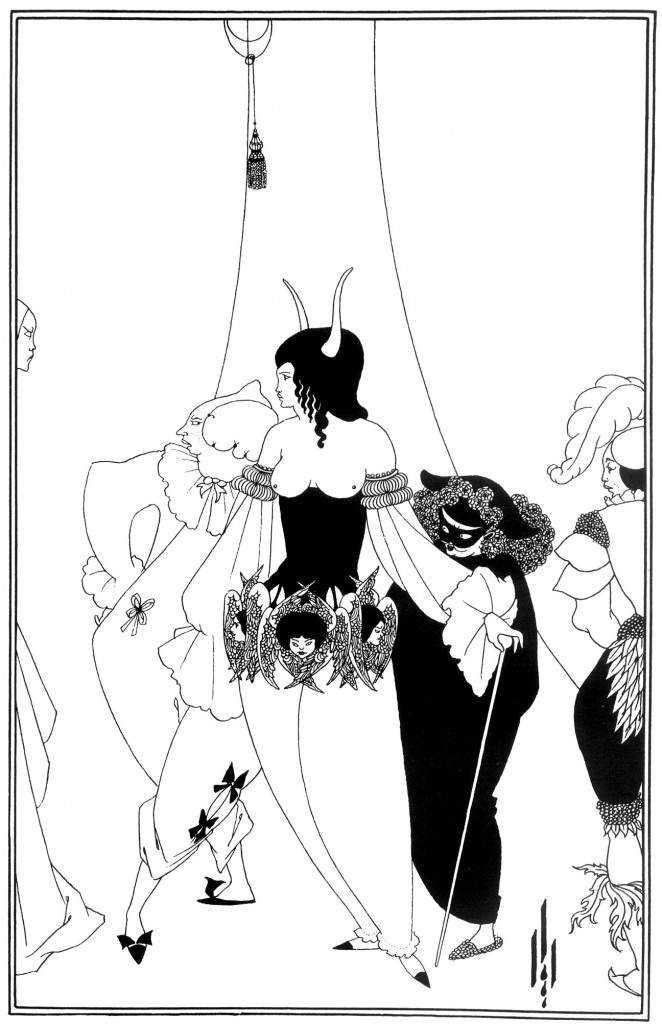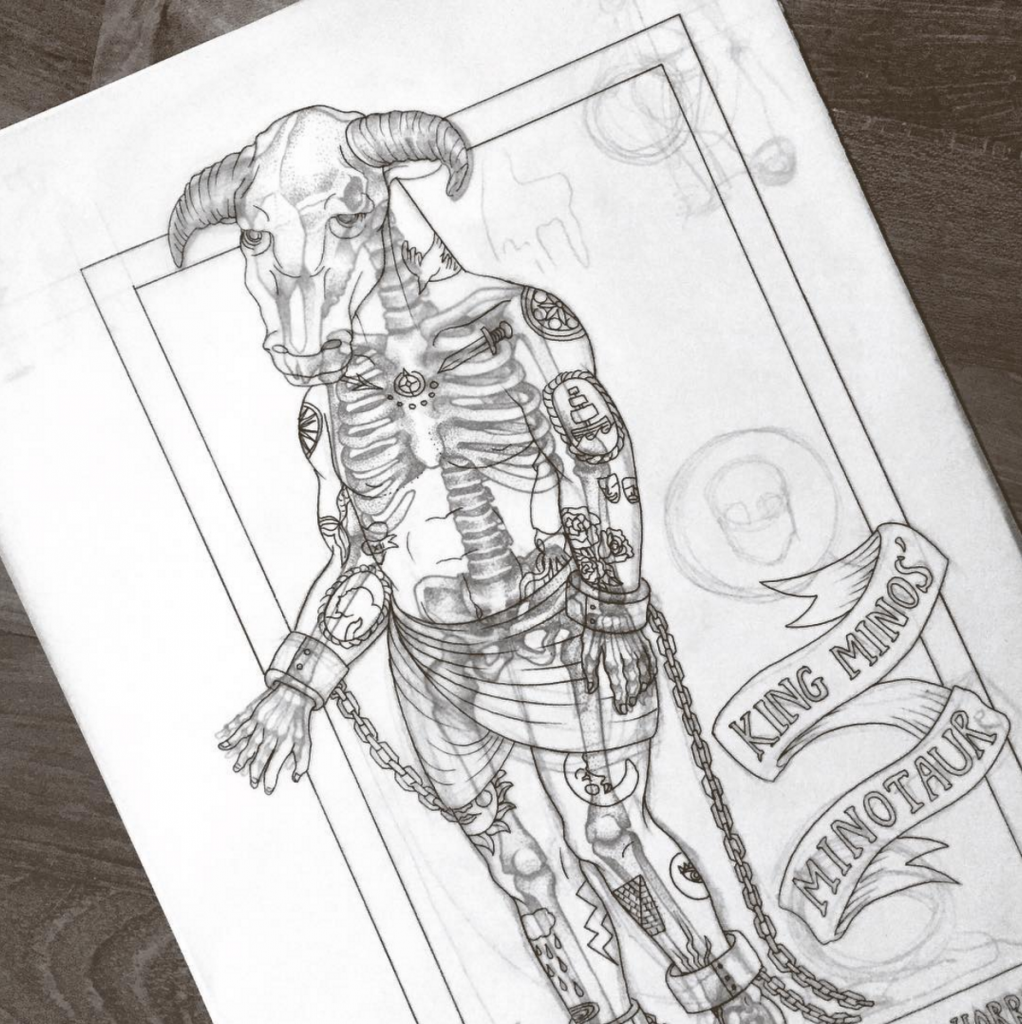
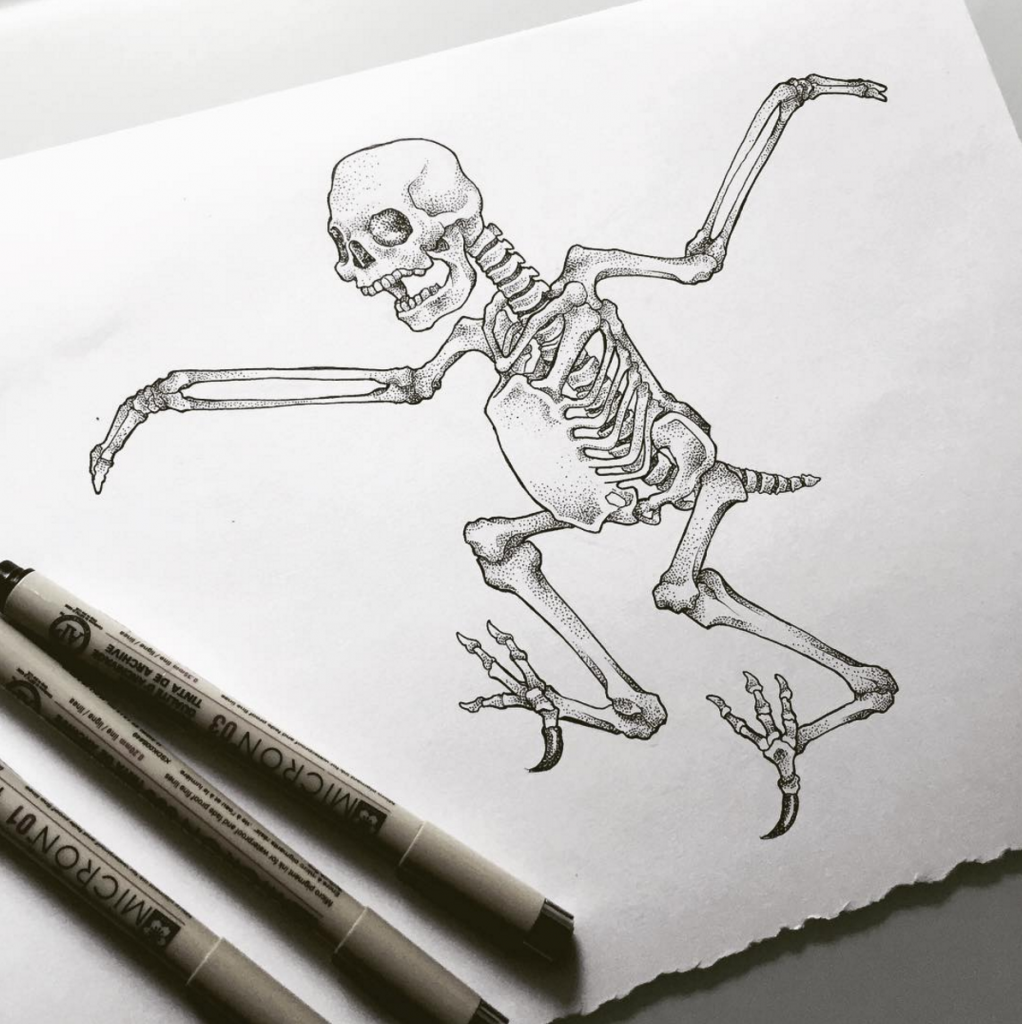
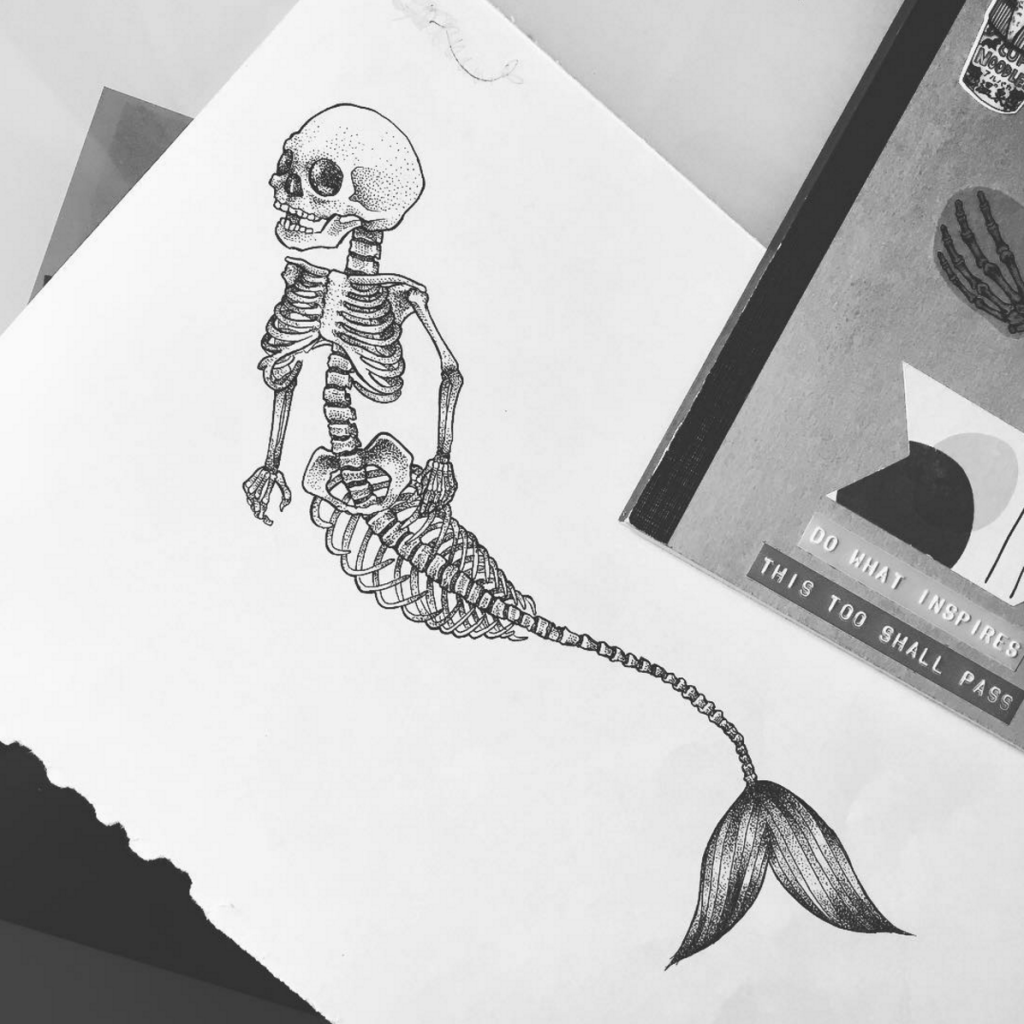
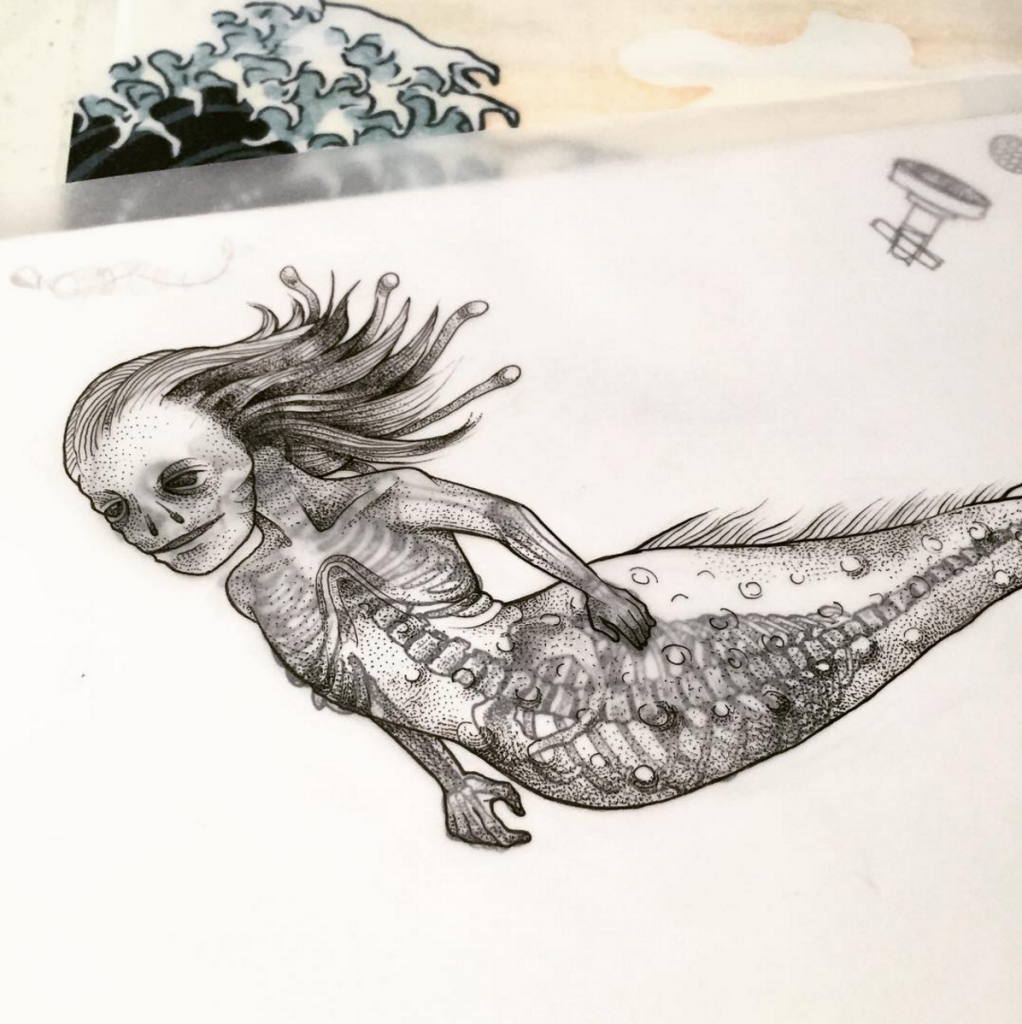
Over the past week I’ve been working on my layered illustrations for my book since I’ve already settled the type styles and the technical aspects of putting it together. By focusing on the illustrations now, I’ll have enough raw material to start putting drafts for the mural together and I’ll be able to consider my gallery setup with more concrete details. I’ll probably pick up on more typesetting this week and start laying out more of the content to determine if I need to generate more.
One additional concept I’ve added on is the introduction of the tarot/fortune cards to the story – I’ll be redesigning the card frames and writing in meanings for the spreads that are interspersed with the story to help create additional layers of storytelling and meaning:
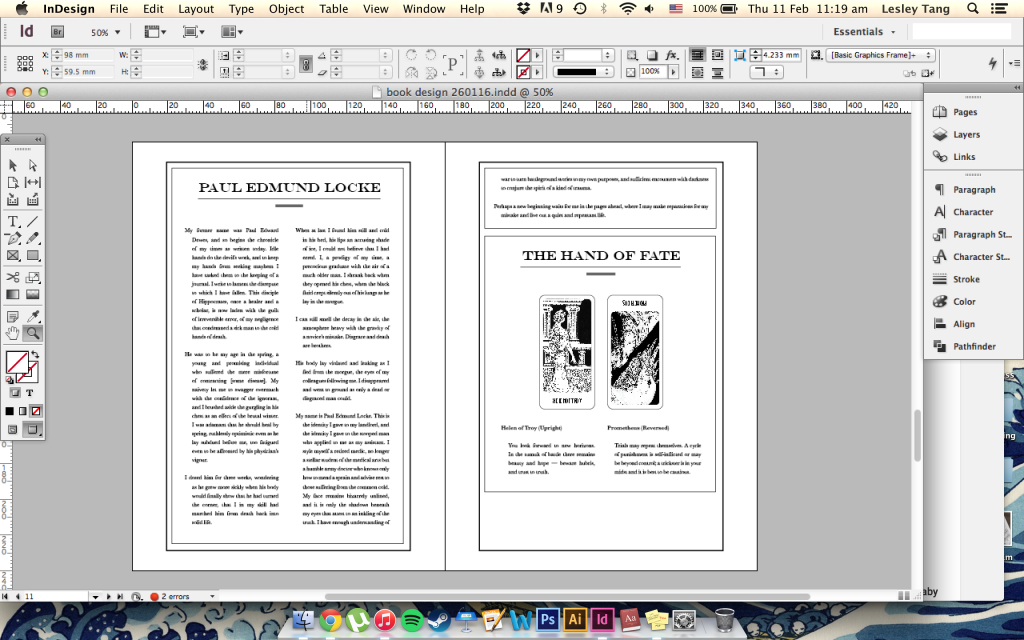
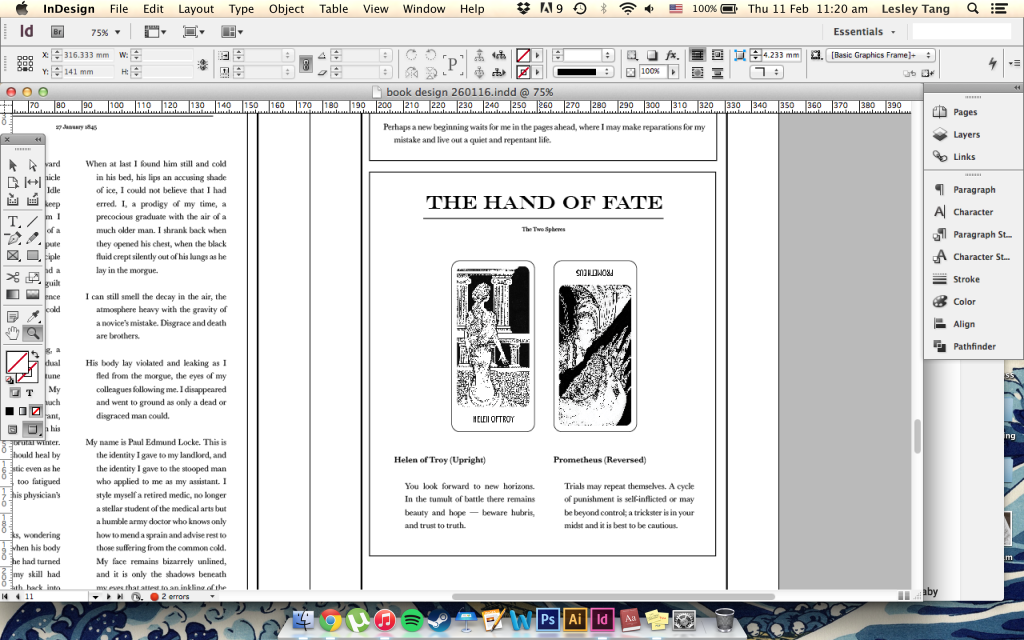
A lot of this is getting very introspective (I’ve been playing Sunless Sea, a very deep storytelling game that has probably influenced the amount of content I’m building around my narratives) but I hope to be able to map it out soon in a more critical way that deconstructs the narrative process (just to please people who couldn’t understand my research… *cough* and I do like mapping now).


